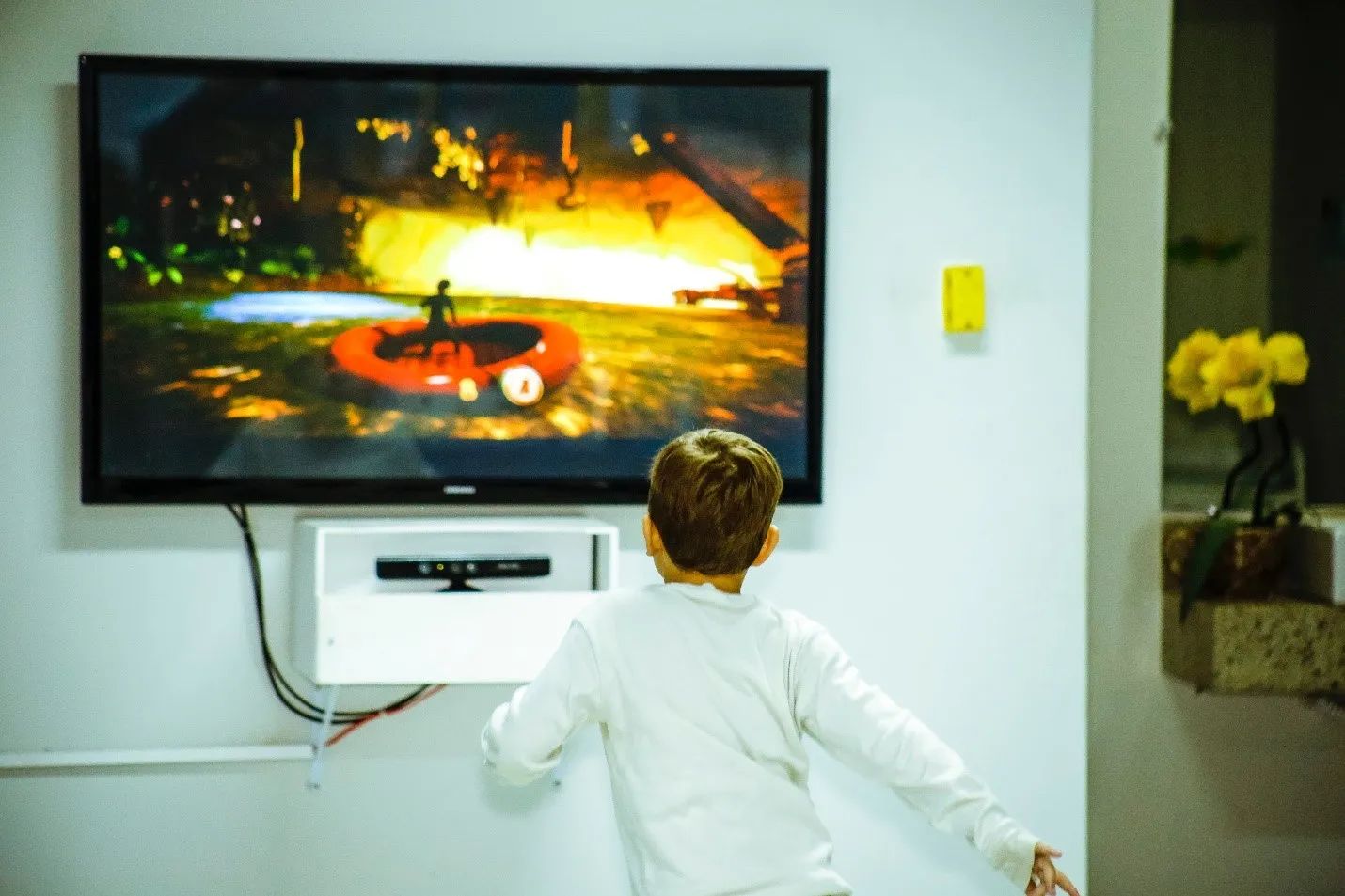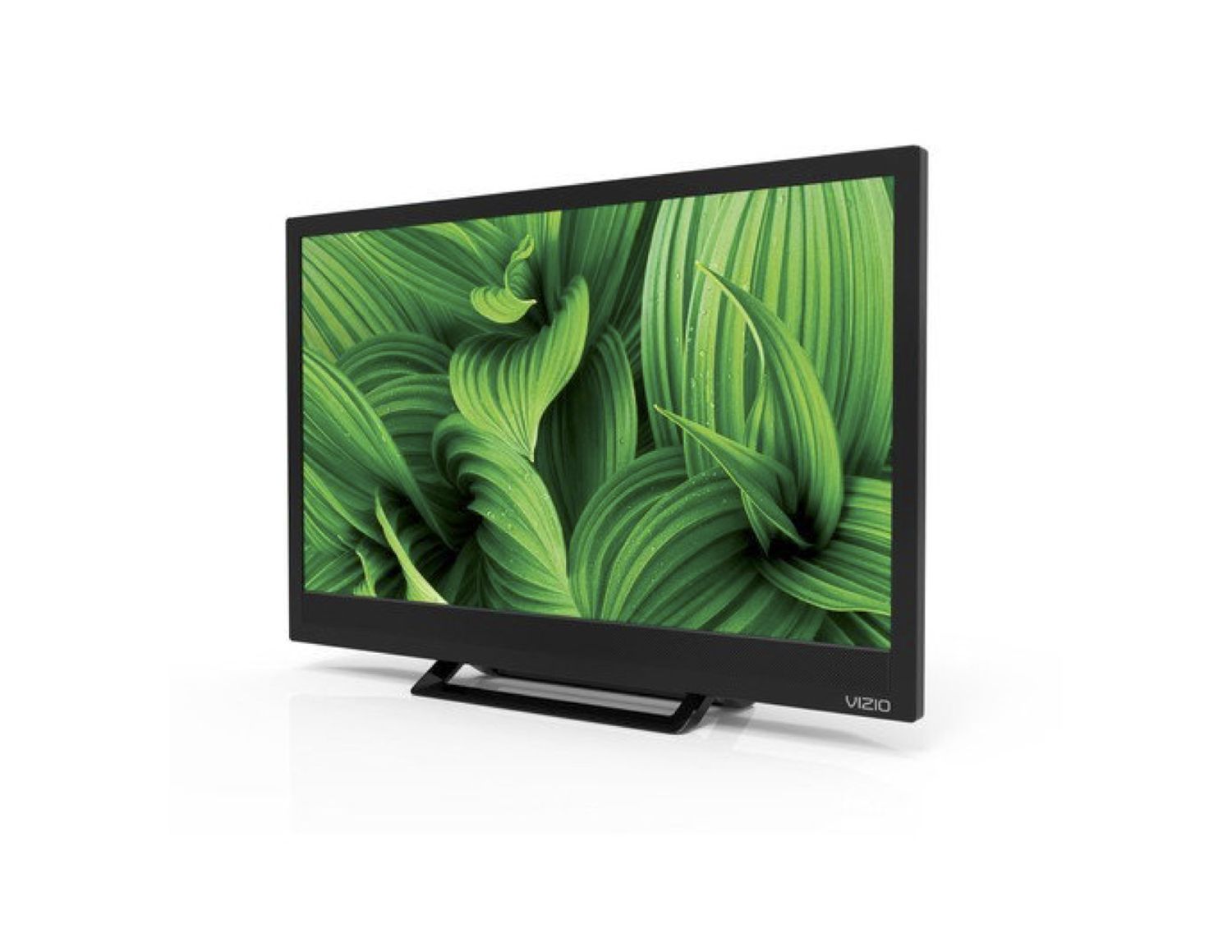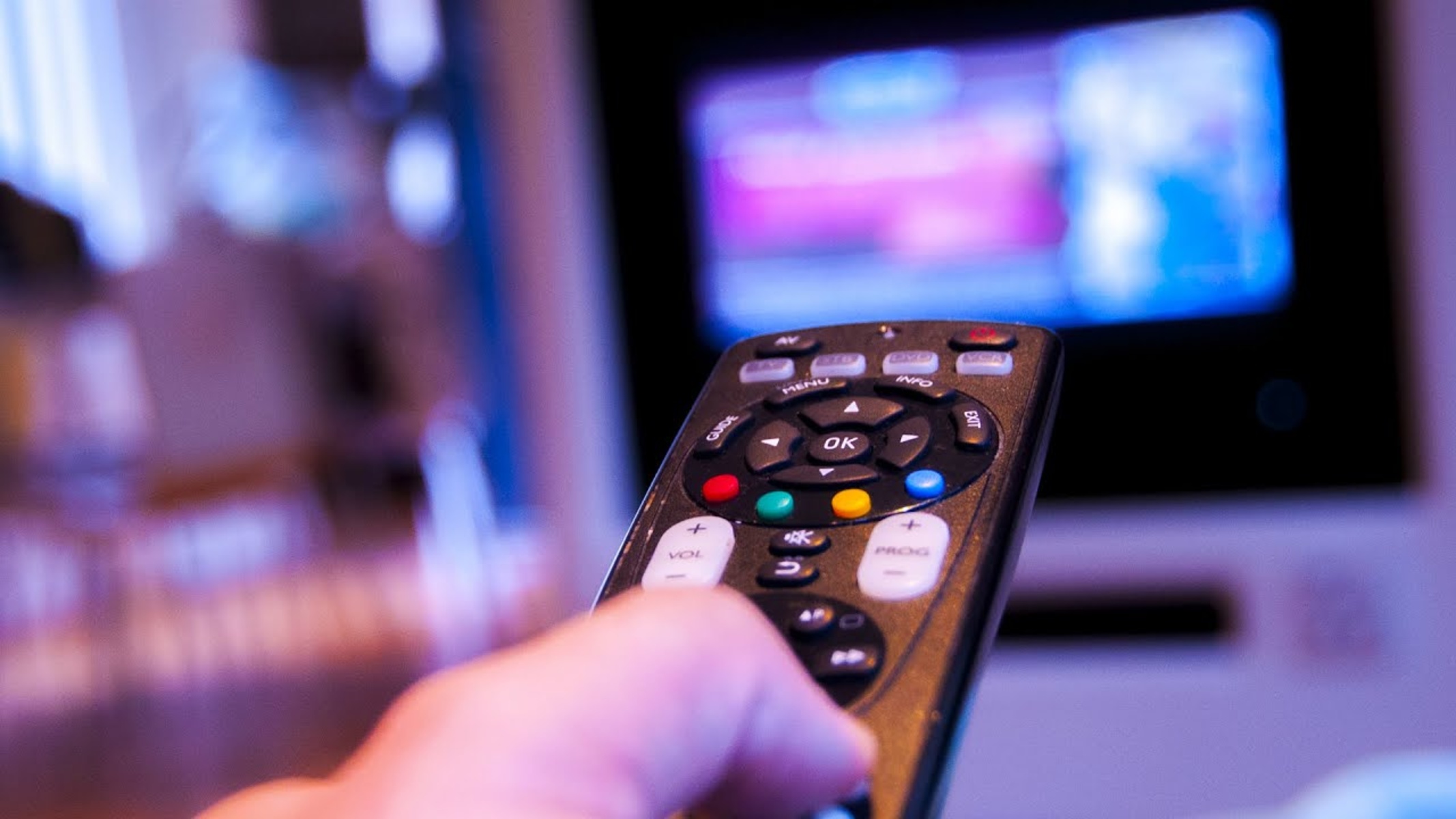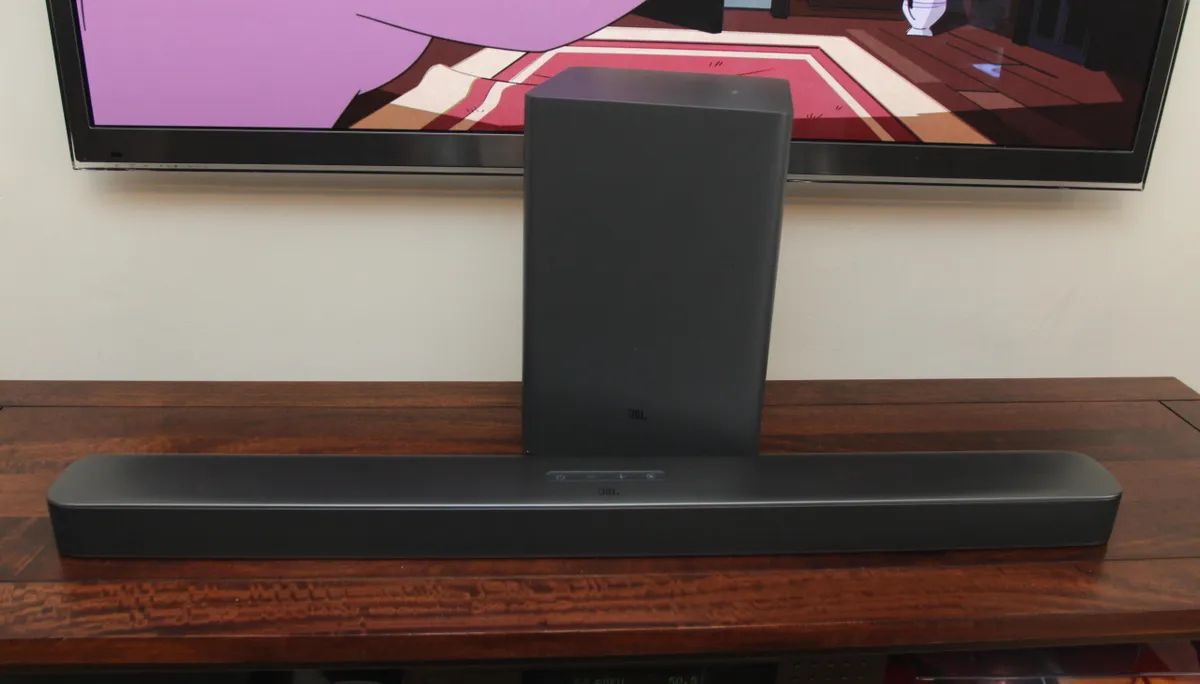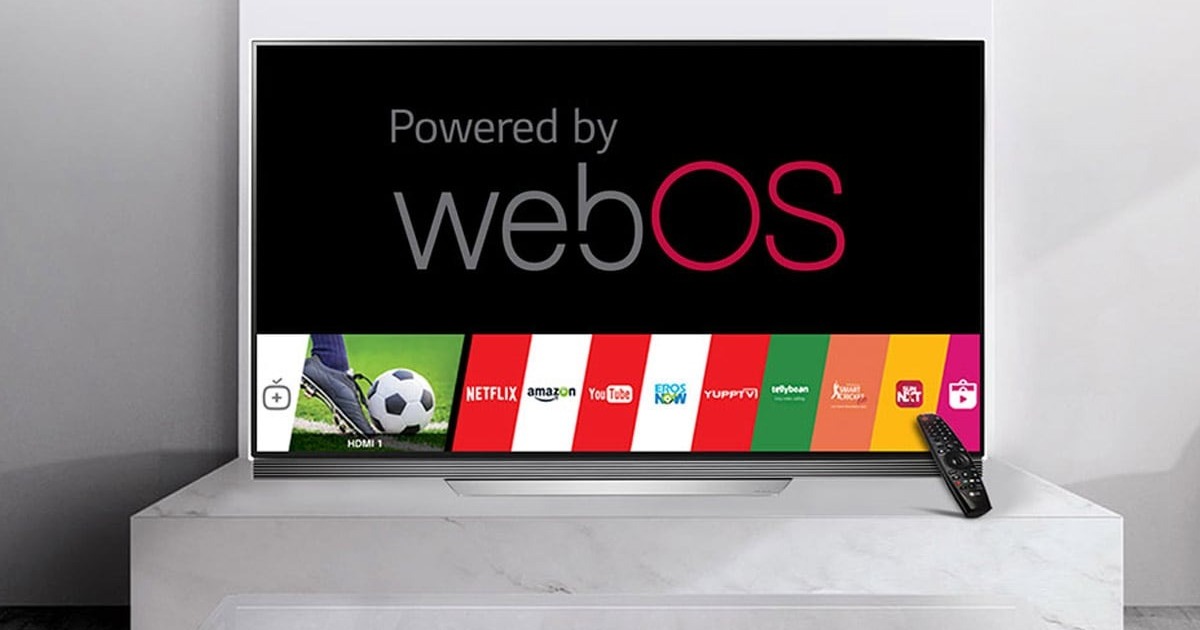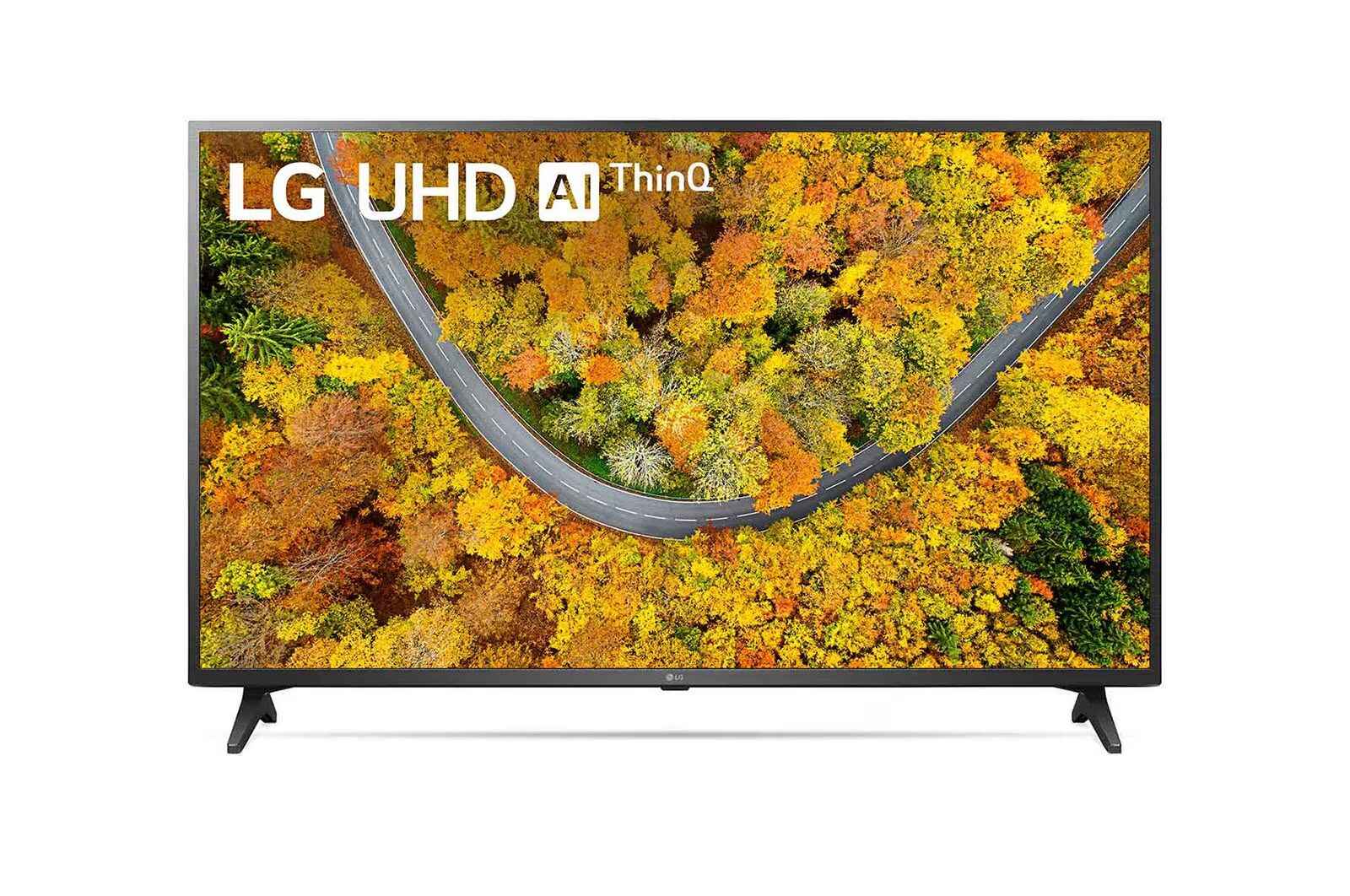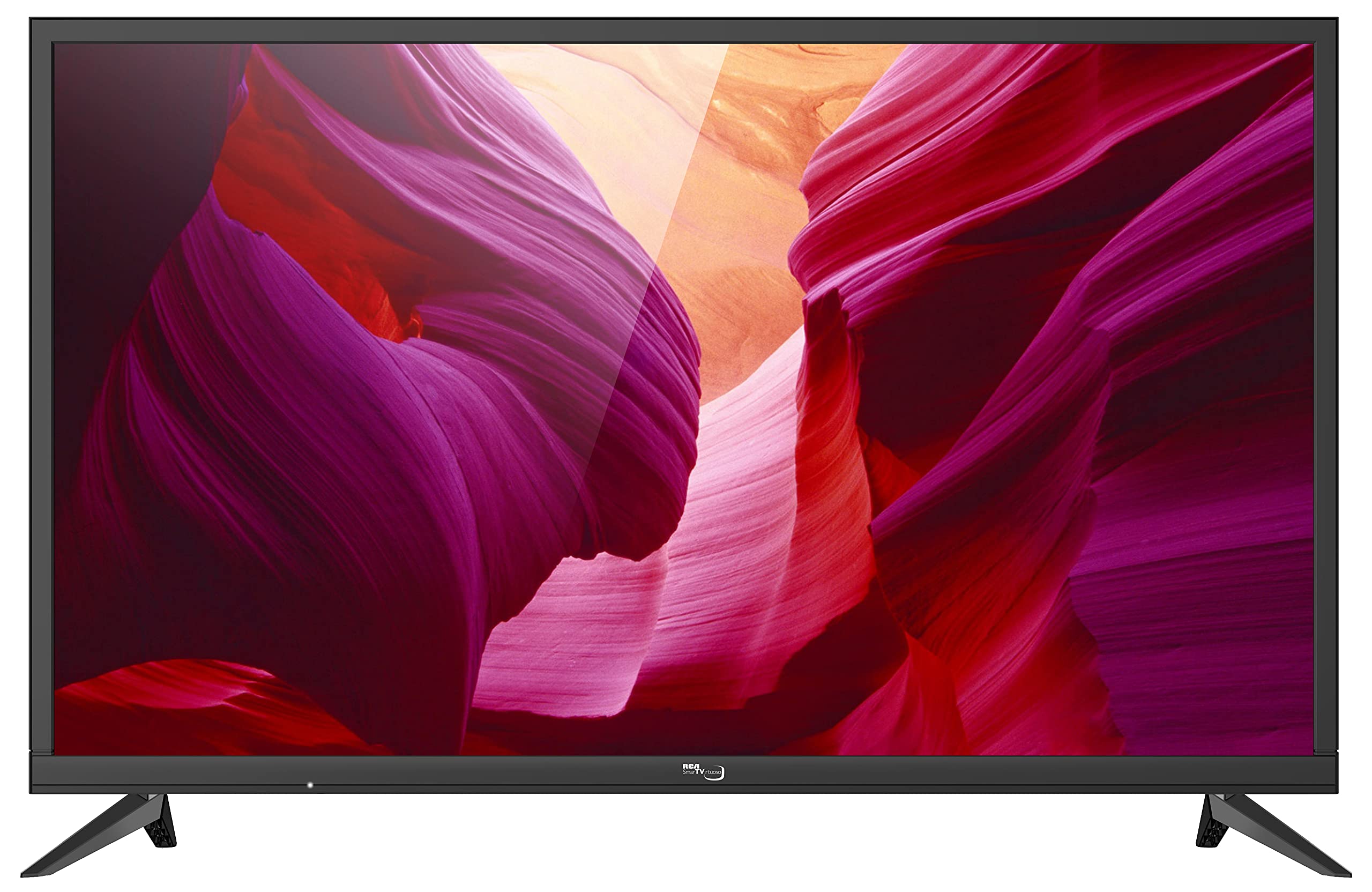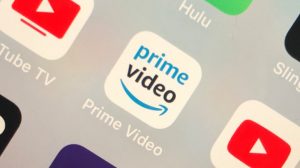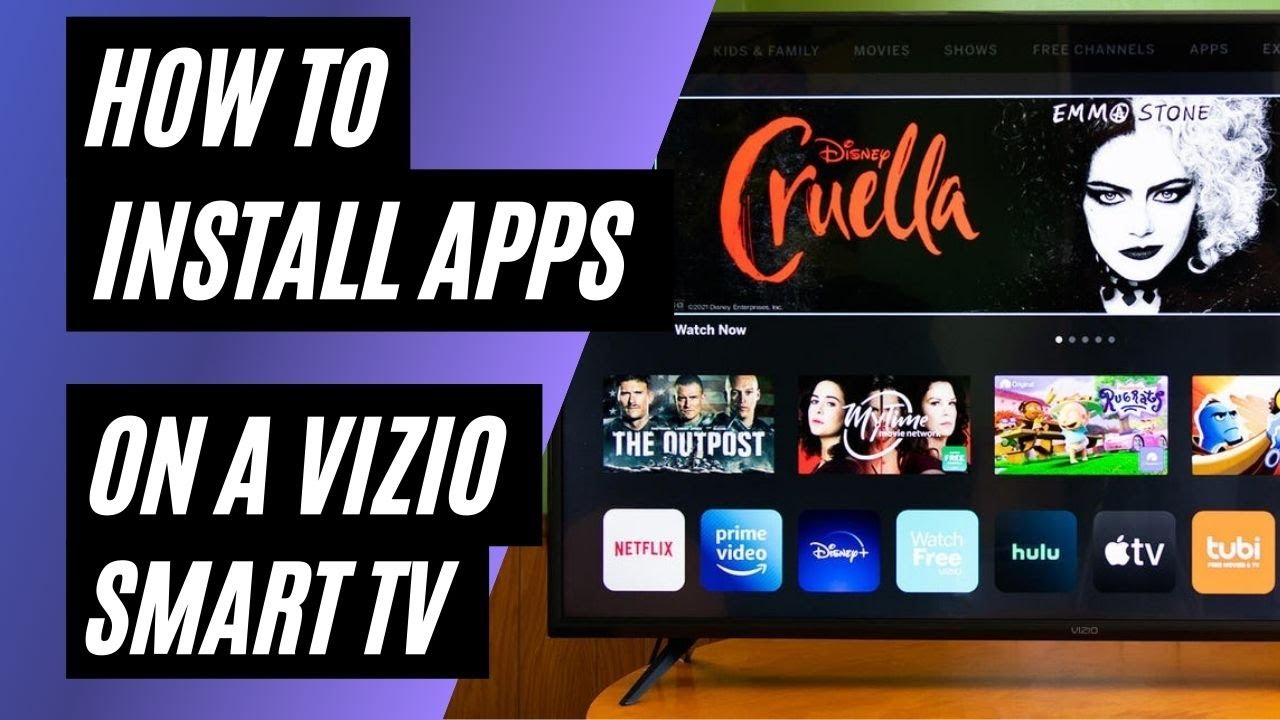Limited Lifespan
One of the major disadvantages of Smart TVs is their limited lifespan. Unlike traditional TVs that can last for many years without any issues, Smart TVs generally have a shorter lifespan due to rapid technological advancements. The constant evolution of software and hardware makes older Smart TVs outdated and incompatible with new apps and services.
Smart TV manufacturers regularly release new models with advanced features, leaving older models behind. This means that your Smart TV may become obsolete in just a few years, especially if you want to enjoy the latest streaming platforms or apps. This can be frustrating and may require you to purchase a new Smart TV sooner than expected.
Additionally, Smart TVs rely heavily on software updates to fix bugs, improve performance, and add new features. However, manufacturers often stop providing updates for older models, prioritizing their newer products. This lack of support can result in a decline in the overall functionality and user experience of the Smart TV over time.
Moreover, the continuous advancements in technology also mean that older Smart TVs may not be compatible with newer devices or accessories, such as gaming consoles or streaming devices. This can limit your options and prevent you from enjoying the full potential of your Smart TV.
It’s important to consider the limited lifespan of a Smart TV when making a purchase. Think about how long you expect to use the TV and whether you’re willing to upgrade to newer models in the future. Keep in mind that investing in a higher-end Smart TV with better specifications may help prolong its lifespan slightly, but it won’t completely eliminate the eventual need for a replacement.
Expensive
Another notable disadvantage of Smart TVs is their cost. Compared to traditional TVs, Smart TVs tend to be more expensive due to their advanced features and capabilities. While prices have decreased over the years, Smart TVs still generally come with a higher price tag.
The cost of a Smart TV can vary depending on the brand, size, and specifications. Larger screen sizes and higher resolutions, such as 4K or 8K, are typically more expensive. Additionally, Smart TVs from well-known brands often come with a premium price due to their reputation and reliability.
Furthermore, the price of a Smart TV doesn’t just include the initial purchase. There are ongoing costs to consider as well, such as subscription fees for streaming services and cable/satellite TV, which can significantly increase your monthly expenses. Additionally, if you want to take full advantage of the Smart TV’s features, you might need to invest in compatible accessories or devices like soundbars, gaming consoles, or a streaming media player.
It’s important to assess your budget and determine whether the additional features and convenience provided by a Smart TV justify the higher cost. If you primarily use your TV for watching traditional cable or satellite channels and don’t have a need for streaming services or other Smart TV features, it might be more cost-effective to opt for a traditional TV instead.
Considering alternative options, such as streaming devices that can be connected to a regular TV, can also be a more economical choice. These devices provide access to various streaming platforms and apps at a fraction of the price of a Smart TV. Ultimately, the decision comes down to your personal preferences, budget, and the value you place on the Smart TV features.
Complex Setup Process
Setting up a Smart TV can often be a complex and time-consuming process, especially for those who are not technologically inclined. While manufacturers have tried to improve the user experience and simplify the setup process, it can still be overwhelming for some users.
Firstly, connecting a Smart TV requires dealing with multiple cables, including HDMI, Ethernet, and power cables. Ensuring that each cable is connected to the right port and properly secured can be confusing, especially for those who are not familiar with technology. Additionally, managing cable clutter can be a challenge, as Smart TVs often require several devices to be connected simultaneously.
Once the physical setup is complete, users need to navigate through the initial software setup. This includes selecting the language, connecting to a Wi-Fi network, and agreeing to terms and conditions. Although these steps may seem straightforward, they can be tedious for some users.
After the initial setup, users are then faced with the task of downloading and installing various apps and services onto the Smart TV. Depending on the brand and model, the process of accessing the app store, searching for specific apps, and installing them can vary. Some users may find it difficult to navigate the app store and understand the installation process, which can be frustrating.
In addition to the initial setup, Smart TVs also require regular software updates to ensure optimal performance and access to new features. Updating the software on a Smart TV often involves navigating through settings menus, searching for updates, and waiting for the installation process to complete. This ongoing maintenance can add complexity and time-consuming tasks to the user’s experience.
Overall, the complex setup process of Smart TVs can be intimidating and frustrating for users, especially those with limited technical knowledge. It’s essential to read the user manual carefully, follow the manufacturer’s instructions, and seek assistance if needed to ensure a smooth and successful setup.
Privacy Concerns
Smart TVs raise valid concerns about privacy due to their ability to collect and analyze user data. While this feature is often used to provide personalized recommendations and improve the user experience, it also raises potential privacy risks.
One of the primary concerns is the collection of personal information by Smart TVs. These devices may gather data such as viewing habits, app usage, and even voice commands. This information can be shared with third-party advertisers or used for targeted advertising purposes. This raises questions about the extent to which user privacy is protected and whether consent is obtained before collecting and sharing such data.
Additionally, the presence of voice assistants or voice recognition features in Smart TVs can raise privacy concerns. Voice commands can be recorded and stored by the manufacturer or associated service provider. While these recordings are generally intended to improve voice recognition accuracy, there is a possibility that sensitive information could be captured and exploited.
Another privacy concern with Smart TVs is the potential for unauthorized access to personal data. As these devices are connected to the Internet, they become vulnerable to hacking and unauthorized access. Hackers may exploit security vulnerabilities in the Smart TV’s software or gain access through the user’s network connection. This can result in the unauthorized collection of personal data, surveillance, or even manipulation of the Smart TV’s functionality.
To mitigate privacy concerns, it is important to understand and review the privacy policies of Smart TV manufacturers before making a purchase. Look for devices that offer robust privacy settings and allow users to control the data being collected and shared. It is also recommended to keep the software of the Smart TV updated to ensure any security vulnerabilities are patched as quickly as possible.
Lastly, users should consider taking additional precautions to safeguard their privacy, such as using strong network passwords, connecting the Smart TV to a secure network, and disabling certain features that may collect more personal data than necessary.
While Smart TVs offer convenience and advanced features, it is crucial to be aware of the potential privacy risks associated with these devices and take appropriate measures to protect personal information.
Incompatible Apps and Services
One of the notable disadvantages of Smart TVs is the issue of incompatible apps and services. While Smart TVs offer access to a wide range of streaming platforms and applications, not all apps and services may be compatible with every Smart TV model or brand.
Smart TVs often come with their own operating systems or platforms, such as Android TV, Tizen, or WebOS. Each platform has its own app store, and the availability of apps can vary between them. This means that certain popular apps or services may not be compatible with all Smart TVs, limiting the content options for users.
Furthermore, app developers may prioritize developing their apps for specific platforms or newer Smart TV models. As a result, older Smart TV models may not have access to the latest versions of popular apps or may even lack support for certain apps altogether.
Compatibility issues may also arise with services or streaming platforms that require specific hardware requirements or DRM (Digital Rights Management) standards. Some Smart TVs may not meet these requirements, prohibiting users from accessing certain content or services.
Additionally, even if the desired app or service is available on a Smart TV, it may not offer the same user experience or functionality as on other devices. The user interface or features of the app may be limited or scaled-down on the Smart TV, diminishing the overall experience.
To avoid compatibility issues, it is crucial to research the availability of apps and services for the specific Smart TV model before making a purchase. Checking the supported platforms, app store, and user reviews can provide insights into the availability and functionality of desired apps.
In situations where certain apps or services are not compatible with the Smart TV, users can explore alternative options like streaming devices or game consoles that offer broader app compatibility. These devices can be connected to the Smart TV to access an extensive range of apps and services without the limitations of the built-in platform.
While Smart TVs offer convenience and a variety of content options, it is essential to be mindful of potential compatibility issues and choose a Smart TV that supports the apps and services you desire.
Slower Processing Speed
Despite the advancements in technology, Smart TVs can still suffer from slower processing speeds compared to other devices. This can lead to a less smooth and responsive user experience, particularly when navigating through menus, operating apps, or multitasking.
The processing speed of a Smart TV is influenced by factors such as the processor and the amount of RAM available. Lower-end and older Smart TV models may have slower processors and limited RAM, resulting in sluggish performance.
When launching apps or switching between different functions, it is not uncommon to experience delays or lag. This can be particularly frustrating when you are trying to quickly access your favorite content or use various features of the Smart TV.
Furthermore, the processing power of a Smart TV can impact its ability to handle more demanding tasks such as gaming or streaming high-resolution content. If the processing speed is not sufficient, it may result in buffering issues, stutters, or reduced image quality.
It’s essential to consider your usage requirements when purchasing a Smart TV. If you plan on performing resource-intensive tasks like gaming or streaming 4K content, opting for a Smart TV with a faster processor and ample RAM can provide a smoother and more enjoyable experience.
However, it’s important to note that even high-end Smart TVs may still have some limitations in terms of processing speed compared to dedicated devices like gaming consoles or streaming boxes. If these tasks are a priority for you, it may be worth considering specific devices designed for these purposes.
Regular software updates from the manufacturer can help improve the performance of a Smart TV by optimizing resource usage and addressing software inefficiencies. It is recommended to keep your Smart TV software up-to-date to take advantage of these improvements.
Overall, while slow processing speed can be a drawback of Smart TVs, understanding your usage requirements and choosing a model with sufficient processing power can help mitigate these issues to a certain extent.
Limited Storage Capacity
One of the limitations of Smart TVs is their limited storage capacity. Smart TVs typically have built-in storage to store apps, settings, and other multimedia content. However, the amount of storage available can vary depending on the model and brand.
The limited storage capacity can pose challenges, especially if you intend to install and use multiple apps or download a significant amount of content. Installing several apps or downloading large-sized files can quickly consume the available storage space, leaving limited room for additional apps or content.
As a result, users may need to uninstall or delete unnecessary apps or content regularly to free up space for new installations or downloads. This can be inconvenient and time-consuming, especially if you have a large library of apps or if you frequently switch between different streaming services.
Moreover, the limited storage capacity can also impact the ability to record and store content directly on the Smart TV. Some Smart TVs have built-in recording capabilities to capture live broadcasts or other content. However, the amount of storage available may limit the length and number of recordings you can save.
One solution to overcome the limitation of storage capacity is to connect external storage devices, such as USB flash drives or external hard drives, to the Smart TV. This allows you to expand the storage capacity and store more apps, content, or recordings. However, not all Smart TVs support external storage, so it’s important to check the specifications of your device before making any purchases.
It’s crucial to consider your storage needs and usage requirements when choosing a Smart TV. If you plan to install numerous apps, download large files, or record content frequently, it’s recommended to opt for a Smart TV with a higher storage capacity or one that supports expandable storage options.
Additionally, regularly managing your installed apps and content can help optimize the available storage space on your Smart TV. By uninstalling unnecessary apps, deleting outdated files, or utilizing cloud storage services, you can free up space and ensure smooth performance.
In summary, the limited storage capacity of Smart TVs can present challenges in terms of app installations, content downloads, and recording capabilities. Understanding your storage needs and choosing a Smart TV with adequate storage or external storage support can help mitigate these limitations.
Dependency on Internet Connection
Smart TVs heavily rely on an internet connection to provide access to various features and services. This dependency can be considered both a convenience and a disadvantage, as it introduces certain limitations and challenges.
One of the main drawbacks of Smart TVs is that they require a stable and reliable internet connection to function properly. Without an internet connection, the Smart TV’s capabilities are significantly limited. Streaming services, online content, and app functionalities may become inaccessible, leaving users with only traditional TV channels.
Moreover, the quality of the internet connection can affect the performance of a Smart TV. Slow or unreliable internet speeds can lead to buffering, interrupted streaming, or poor video quality. This can be frustrating, especially during peak hours or in areas with limited internet infrastructure.
Additionally, the reliance on an internet connection means that Smart TVs are susceptible to network outages or service disruptions. In such instances, users may lose access to their favorite streaming platforms, apps, or even the ability to stream content from local devices within their home network.
Another consideration is data usage. Streaming content, especially in high definition or 4K, consumes significant amounts of data. This can put a strain on data caps or result in additional expenses if users have metered internet plans. It’s important to keep an eye on data usage and adjust settings or streaming quality if necessary.
However, it’s worth noting that not all Smart TV features are dependent on an internet connection. Local media playback, access to HDMI connected devices, or built-in features like USB playback or screen mirroring can still be utilized even without an internet connection.
To mitigate the dependency on an internet connection, some Smart TVs offer offline modes or pre-downloading capabilities. This allows users to download content or apps in advance and access them without an active internet connection. However, not all apps or content may support offline mode, and there may be limitations on the availability of downloadable content.
Ultimately, the dependency on an internet connection is a trade-off for the convenience and access to a wide range of content and features that Smart TVs offer. To ensure a smooth experience, it’s important to have a reliable internet connection with sufficient bandwidth and consider any data limitations or usage caps that may apply.
Risk of Malware and Hacking
Smart TVs, like any other internet-connected device, are not immune to the risks of malware and hacking. The increasing connectivity of Smart TVs makes them potential targets for cyber attackers looking to compromise user privacy or gain unauthorized access to the device.
One of the main risks is the possibility of malware infecting a Smart TV. Malware can be introduced through malicious apps, software vulnerabilities, or even through compromised websites accessed through the TV’s internet browser. Once infected, the malware can gather sensitive information, display unwanted advertisements, or even take control of the Smart TV’s functions.
Hackers may also exploit security vulnerabilities in the Smart TV’s software or network connection. By gaining access to a Smart TV, attackers can monitor user activities, access personal information, or even use the device as a stepping stone to infiltrate other devices within the same network.
Lack of awareness or neglecting important security measures can put Smart TVs at greater risk. Failure to update the software or firmware, using weak passwords, or connecting the Smart TV to unsecured public Wi-Fi can make it easier for hackers to gain unauthorized access.
To mitigate the risk, it is crucial to follow best security practices for Smart TVs. This includes regularly updating the software or firmware to patch security vulnerabilities, using strong and unique passwords, and avoiding connecting to unsecured or unfamiliar networks.
It’s also essential to be cautious when downloading and installing apps on a Smart TV. Stick to well-known and reputable app stores, and read user reviews or check app permissions before installation. Always be wary of suspicious or unsolicited requests for personal information or account details.
Using network security features, such as enabling a firewall or using virtual private network (VPN) services, can add an extra layer of protection to the Smart TV and the connected devices within the same network.
Lastly, it’s important to be mindful of the information shared or displayed on the Smart TV. Avoid inputting sensitive information or accessing personal accounts through insecure or untrusted sources.
By staying vigilant, following security best practices, and keeping the Smart TV’s software up to date, users can minimize the risk of malware and hacking, and ensure a safer and more secure Smart TV experience.
Lack of Updates and Support
One of the notable disadvantages of Smart TVs is the potential lack of updates and support from manufacturers over time. While Smart TVs initially receive regular software updates and support, this level of attention may decline as newer models are released into the market.
As technology advances and new features are introduced, manufacturers often prioritize providing updates and support for their latest Smart TV models. This can leave older Smart TVs without the same level of attention, resulting in limited or no future updates.
The lack of updates can lead to several issues. Firstly, without regular updates, the Smart TV may not receive crucial bug fixes and security patches. This leaves the device vulnerable to potential security threats and exploits, as new vulnerabilities may be discovered over time.
In addition, the lack of updates can restrict access to new features and improvements that become available for more recent Smart TV models. This can limit the overall functionality and user experience of the older Smart TV, as it may lack the latest enhancements and optimizations.
In some cases, the lack of updates and support can also result in compatibility issues with newer apps or services. As the software and technology landscape evolves, certain apps or services may no longer be compatible with older Smart TV models. This can limit the content options and access to new features for users of these devices.
Furthermore, the decline in manufacturer support may also affect the availability of customer service or technical assistance for older Smart TV models. If users encounter issues or require troubleshooting assistance, they may find it increasingly challenging to obtain help.
When considering a Smart TV purchase, it’s important to research the manufacturer’s track record for providing updates and support. Choosing a reputable brand known for consistently providing updates and long-term support can help ensure a better experience and longevity for the Smart TV.
Alternatively, users can consider investing in a separate streaming device or media player that offers regular updates and support. These devices often have a stronger commitment to ongoing updates and compatibility with a wider range of apps and services.
Overall, the lack of updates and support can be a drawback for older Smart TV models. Users should take this into account when making a purchase and consider alternative options to ensure they receive ongoing updates and support for the best long-term experience.
Limited Customization Options
Smart TVs generally offer a range of features and customization options to enhance the user experience. However, in comparison to other devices, Smart TVs often have limited customization options that may not meet the preferences and needs of every user.
One of the primary limitations is the limited ability to customize the user interface (UI) or the overall look and feel of the Smart TV. Unlike smartphones or computers, where users have greater control over personalization through themes, wallpapers, and widgets, Smart TVs typically have a standardized UI that is difficult to modify.
Some Smart TVs do offer basic theme customization options, allowing users to choose from a limited selection of pre-defined themes or wallpapers. However, the ability to create a truly unique or personalized UI experience is usually not available.
Similarly, certain aspects of the Smart TV’s interface, such as the arrangement of apps or the order of menu items, may also have limited customization options. Users may have to adhere to the default settings and organizational structure provided by the manufacturer, which may not align with individual preferences or habits.
Another limitation is the lack of flexibility in modifying or adding new features to the Smart TV. Unlike smartphones or computers, where users can install third-party apps or software to enhance functionality, Smart TVs often have a restricted ecosystem. The number of available apps or the ability to install additional software is limited, affecting the overall customization possibilities.
The limited customization options can also extend to the remote control or user input methods. While some Smart TVs may offer limited options to customize button layouts or assign certain functions to specific buttons, the level of customization is typically minimal, restricting the ability to personalize the user interaction experience.
It’s important to note that while Smart TVs may have limited customization options, they often incorporate features like voice assistants or intelligent recommendations to enhance the user experience. These features use algorithms and machine learning to personalize content suggestions based on previous viewing habits or user preferences.
Overall, it’s crucial to set realistic expectations regarding the customization options available on Smart TVs. Understanding the limitations and selecting a Smart TV that aligns with individual preferences can help ensure a satisfactory user experience.







